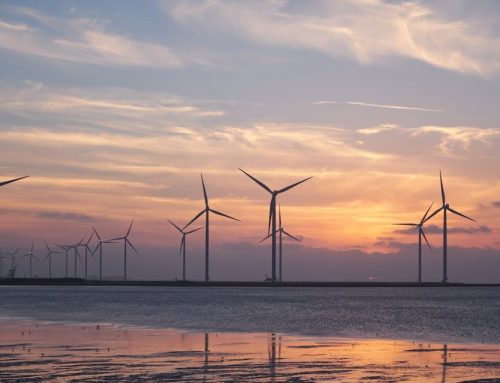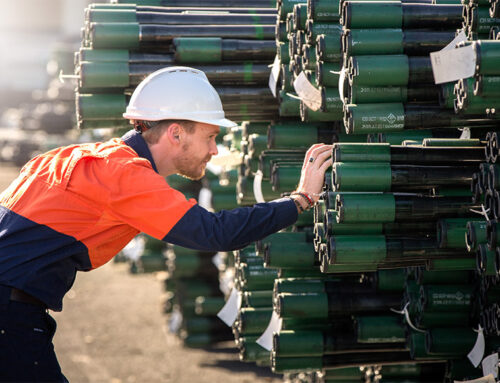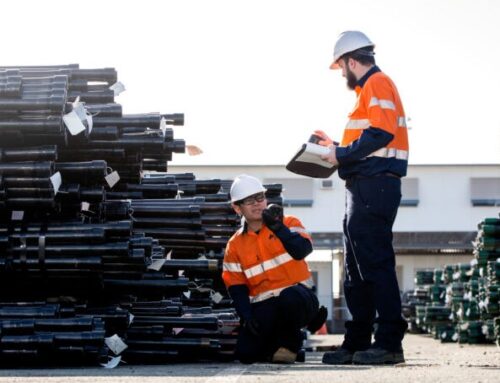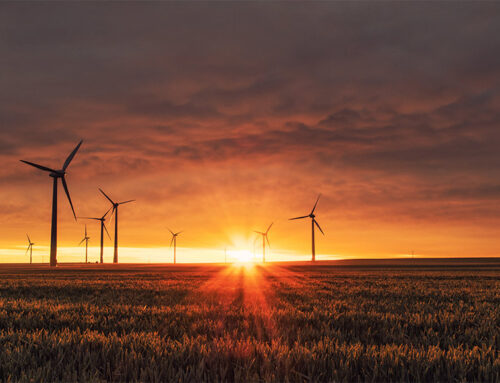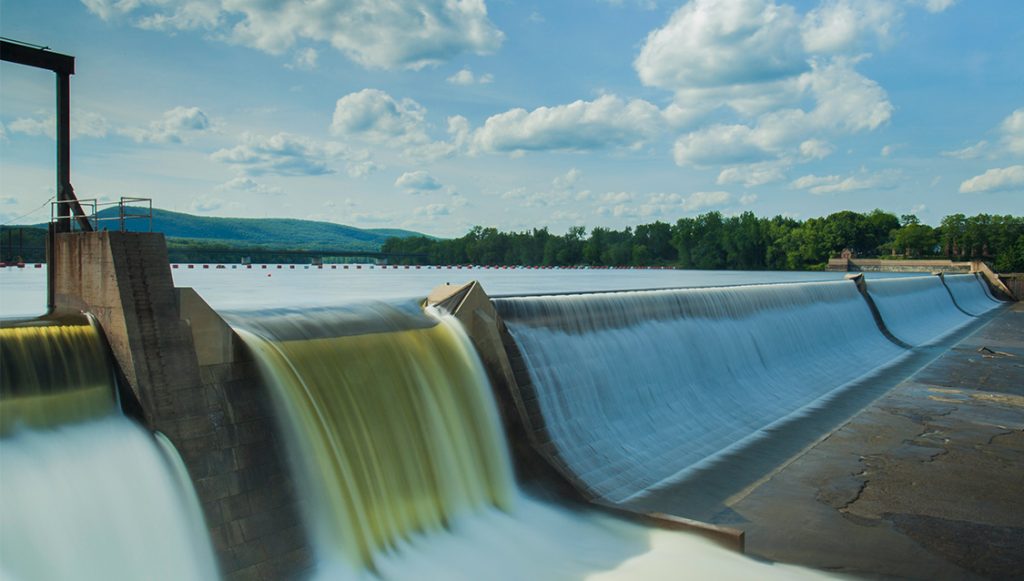
As 2050 approaches, the clean energy transition is gaining more traction and offering progressively innovative solutions to reduce the impact of conventional sources of energy. In some cases, renewables are even proving to be a suitable alternative to these traditional sources. In this blog, we explore several of the more prominent renewable energy technologies. We also look at solutions that have emerged to reduce the impact of conventional power usage where renewable options are not yet a suitable alternative.
Hybridisation
A crucial technology in enabling the widespread adoption of renewable energy, hybridisation combines renewable energy sources with conventional methods of energy production to deliver a stable, more sustainable energy solution. Typical examples of this include hybrid cars, where a gasoline engine and electric motor work in tandem, and houses with solar panels, which utilise both solar energy and conventional grid electricity. The benefit of this technology is that it enables more widespread use of renewable energy, while also guaranteeing a backup energy source to ensure a steady supply of power if the renewable source is not consistently available.
Carbon capture and storage
Carbon Capture and Storage, commonly referred to as CCS, is a three-step process that helps to curb the environmental impact of carbon dioxide (CO²) and other greenhouse gas emissions produced through industrial activities and the use of conventional energy sources.
- Capture – To control CO² emissions, it’s essential to capture them where they originate, typically in industrial environments such as factories or mines.
- Transport – After capturing the CO², it must be compressed and moved to a storage site, often through long pipelines or, if converted into liquid, via boat or road tanker.
- Storage – At the storage facility, the CO² is securely housed in deep geological formations, like exhausted oil and gas fields or unmineable coal beds, ensuring it doesn’t return to the atmosphere.
CCS technology enables industries that still rely on traditional sources of power to operate in a way that minimises the impact of their greenhouse gas emissions until they are able to transition to more renewable sources of energy.
Want to learn more about CSS from an OCTG perspective? Read our previous blog here.
Green hydrogen
Produced through a process known as ‘electrolysis’, green hydrogen is obtained by passing electricity (which can come from a renewable source) through water, which splits it into its elements: hydrogen and oxygen. The hydrogen gas generated from this process is then collected and can be used in fuel cells for transportation, where it combines back with oxygen to produce electricity. It can also be used for power generation and as feedstock in various industrial processes. The only byproduct of green hydrogen is water, making it a clean and sustainable power solution.
Energy storage solutions
Given the intermittent nature of many renewable energy sources, like wind and solar, robust storage solutions are essential for maximising their potential. Advanced battery systems, such as lithium-ion and solid-state batteries, offer efficient and scalable storage options. These technologies are crucial in stabilising the grid and ensuring a consistent and reliable energy supply, addressing one of the major challenges inherent to the widespread adoption of renewable energy.
Digital integration
Advanced analytics, Internet of Things (IoT) technology and AI-driven solutions are enabling smarter management of energy systems. These digital tools can be used to support real-time data analysis, predictive maintenance, and improved operational efficiency, all of which are essential for managing complex energy networks in the renewable energy era.
Advanced analytics
In the context of the sustainable energy transition, advanced analytics tools can analyse complex datasets to predict when equipment might fail or need maintenance, forecast energy demand and optimise energy distribution. These insights can then be used to drive efficiency and reduce unnecessary asset downtime.
Internet of Things technology
By embedding sensors, software and other technologies into physical objects, data can be more efficiently exchanged across devices and systems connected to the internet. This makes it easy to monitor and control the performance of energy systems in real-time, integrate renewable energy sources with conventional ones, and create and administer ‘smart grids’ that automatically adjust and distribute energy in an efficient and responsive manner.
AI-driven solutions
AI can help to automate decision-making by quickly processing vast amounts of data and supports many of the processes outlined above. For example, it can help to facilitate advanced data analytics by accurately predicting faults and failures before they may otherwise become apparent to human analysts. It can also use the data obtained from IoT technologies to identify trends in energy demand to help ensure energy flows are appropriate at any given time.
One way to support the clean energy transition is to purchase ready-made OCTG, rather than commissioning the production of new goods from scratch. This not only cuts down on unnecessary manufacturing – it also gives existing OCTG a second life. Join the circular economy today and visit Pipesales’ global marketplace.

